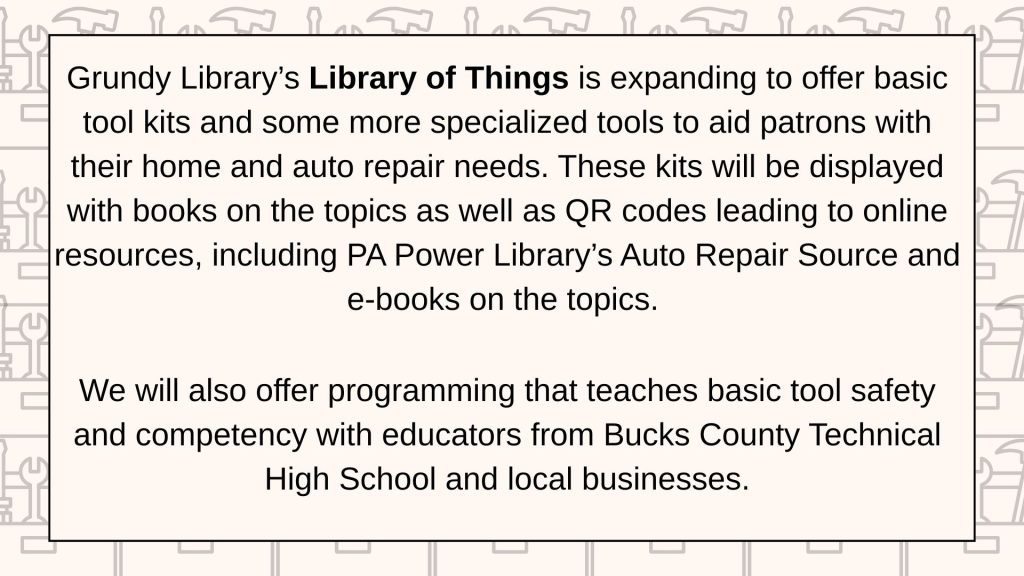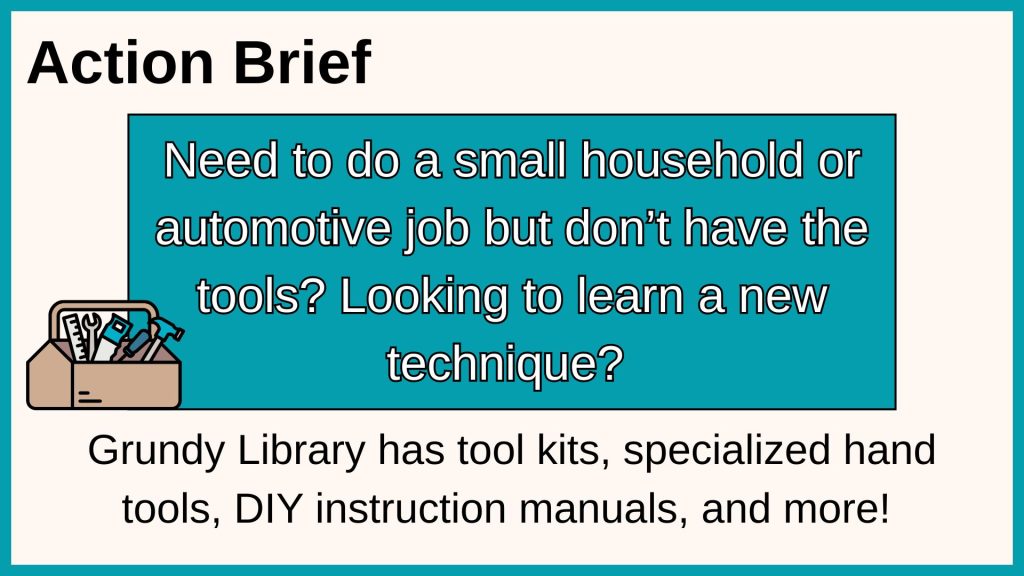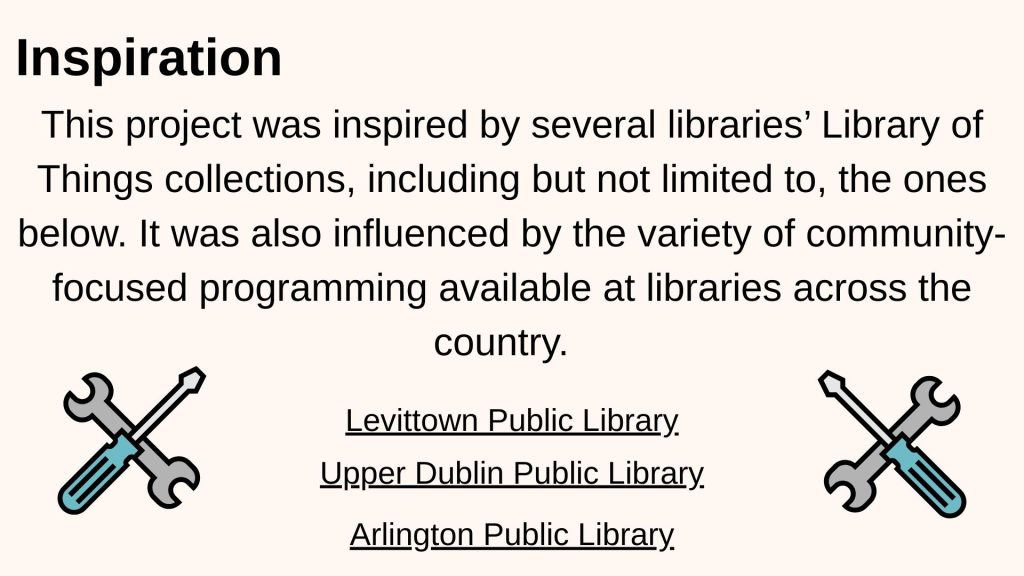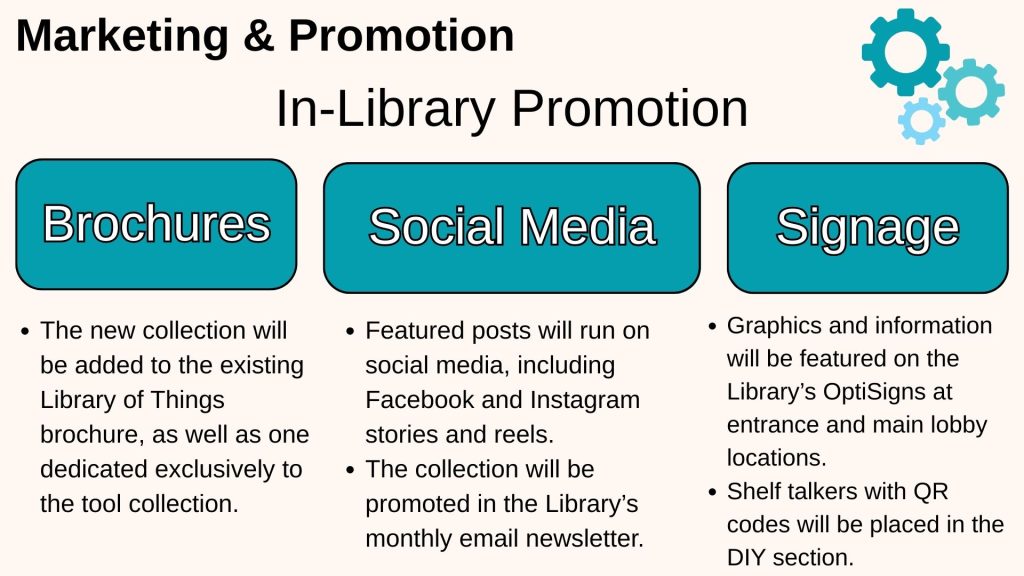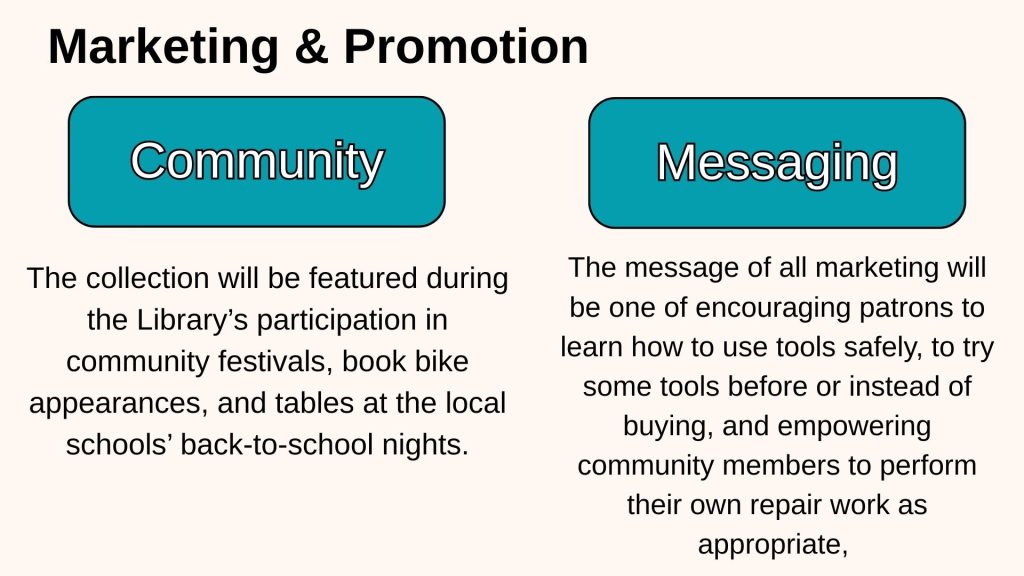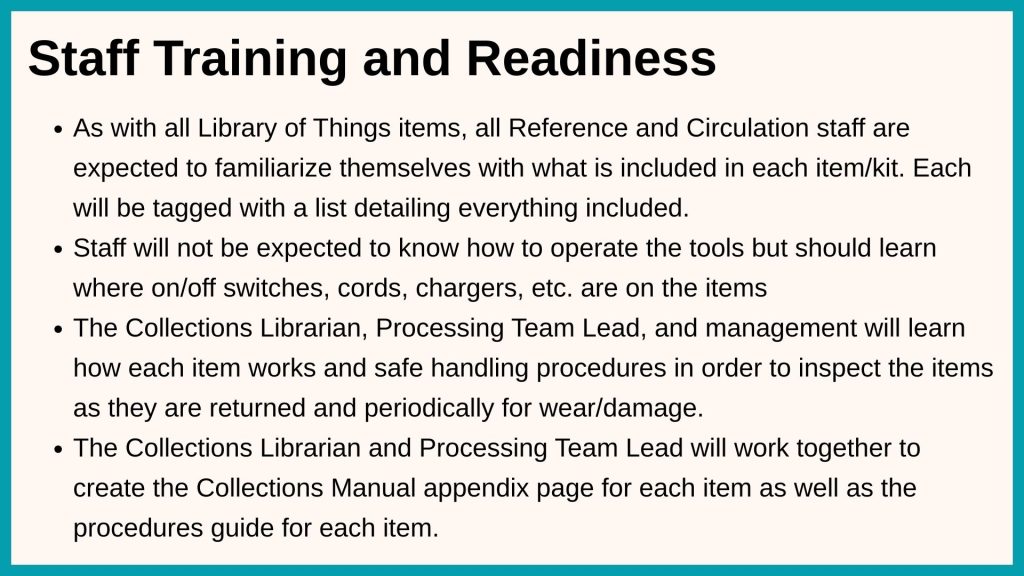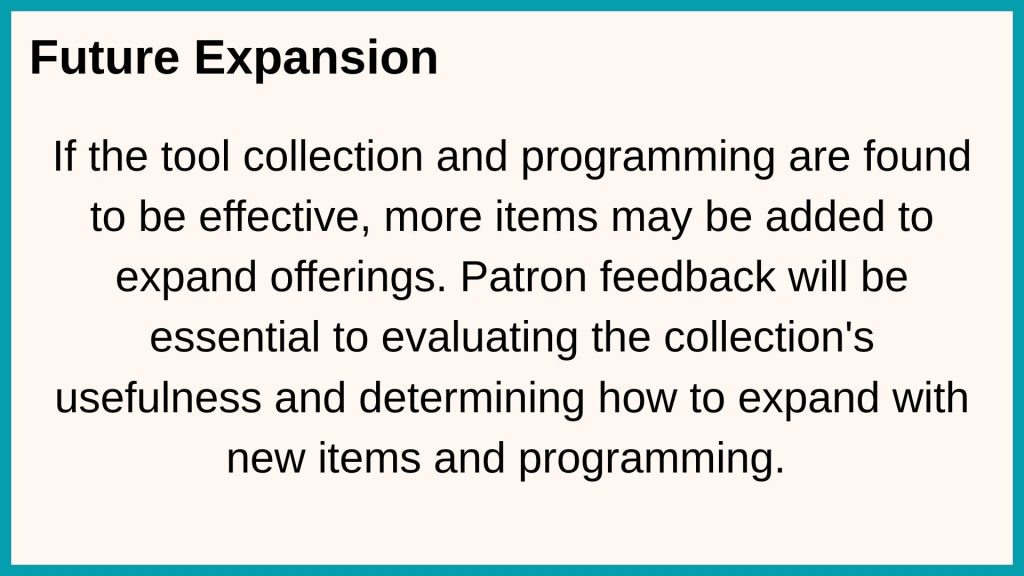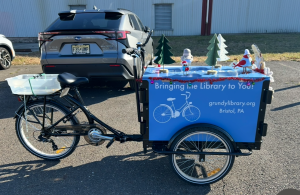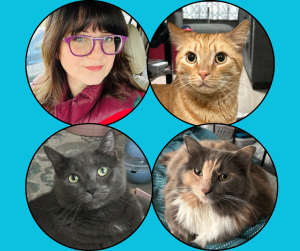Professional Learning Experiences
As a graduate student and the employee of a library that takes professional development seriously, I spend a lot of time thinking about professional learning experiences. This program is, by far, the biggest commitment of my professional learning so far. I had been out of college for just over 20 years before I began the MLIS program at SJSU. I was never a terribly motivated student unless I really liked a class and online learning wasn’t a part of my undergrad experience. Needless to say, I was more than a little bit apprehensive about this program. In the past two years, I have learned a few things:
- I like learning, especially about a subject that matters to me.
- It’s hard to work in a library all day and come home to do library-related schoolwork.
- I find it really, really hard to focus. This is largely managed by “brown noise” in my headphones, caffeine, and sugar.
One of the best values of my workplace is its commitment to ongoing learning. This takes the form of regular staff training meetings where management or staff members will present something– training on new technology, a tour of a newly expanded collection, or sometimes a reminder about a process that needs refreshing. The one thing they all have in common is a casual tone and a congenial attitude. The best of these are presented with a sense of play. While learning through play makes sense at an organization like LEGO, the idea is applicable to any organization (The LEGO Foundation, 2016). In the video, you see the participants trying to make their little device write with a pen. If approached in a serious way, this might be a frustrating experience, but with a playful attitude, the participants try, fail, then pick it up and try again. Having the safety to learn and experiment in a playful way can take a learning experience from neutral (or even negative) to positive. This style is illustrated by the playful and positive style of Ted Lasso.
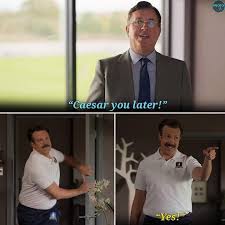

These lessons have shaped who I am becoming as an information professional because I want to create a sense of teamwork, warmth, and connection among staff and carry that attitude into my interactions with patrons.
The LEGO Foundation. (July 5, 2016). What do we mean by learning through play? [Video]. Vimeo. https://vimeo.com/173458519



